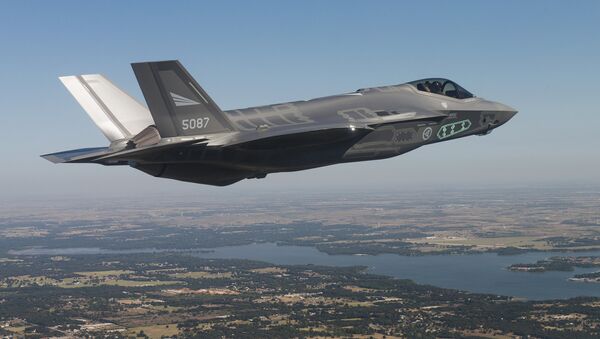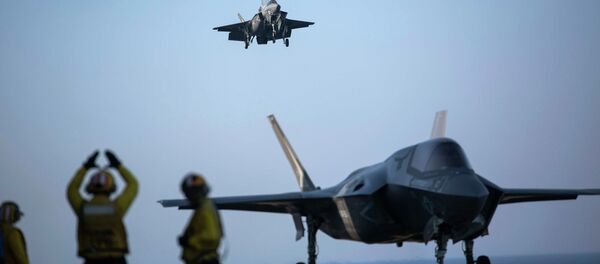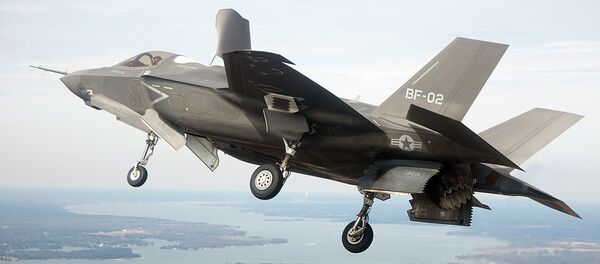This is according to the Third Marine Expeditionary Force in Japan as quoted by CNN.
The F-35B fleet was declared operational back in 2015, despite years of problems, cost overruns, and persistent fires.
However, this deployment marks the first international relocation of the fifth-generation fighter jets.
Throughout 2016, the US bought seventy one F-35Bs, but only ten of them are being sent to Japan, a spokesperson for the US Marines Corps told Defense News.
On Wednesday, the President-elect noted at his press conference that the F-35 project is "way, way behind schedule and many, many billions of dollars over budget."
Japan took the plunge and secured its first issue-plagued F-35 in December.
However Tokyo still has to foot the rest of a fourteen-billion-dollar bill to bring in 27 more F-35s.
Radio Sputnik discussed the issue with Carl Baker, a defense expert, at the Pacific Forum in Hawaii.
"There was some symbolism involved to demonstrate commitment to the defense of Japan and certainly it was part of the Obama administration's rebalanced Asia policy," he told Sputnik.
"The combination of trying to demonstrate a symbolic connection with Japan and an interest in developing that capability in that particular region," he specified.
The symbolic part is its first deployment overseas, he said, the F-35 fits well in what the US is doing in Japan in terms of the combined defense and it fits well in what Japan has in terms of its capability.
"China certainly sees what the Japanese have been trying to develop over recent years with the amphibious capability as a threat to the development in the East China Sea," he said.
China is countering that capability by trying to develop its own stealth fifth generation aircraft, he said. But whether it becomes an arms race or a natural competition between the countries in the region remains to be seen.




